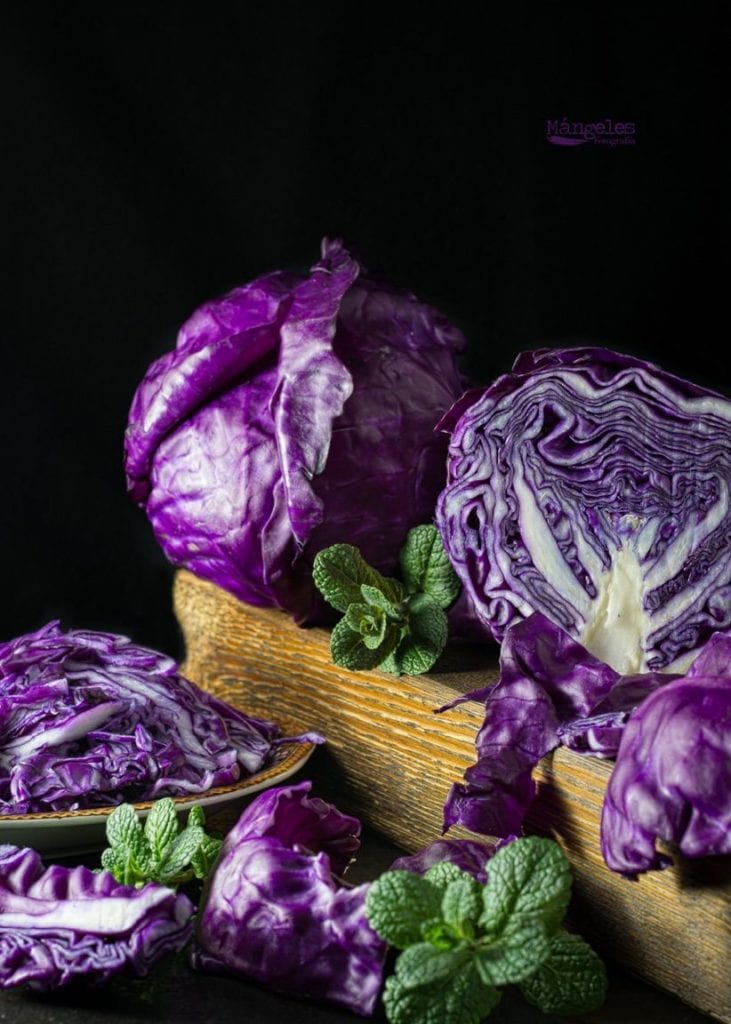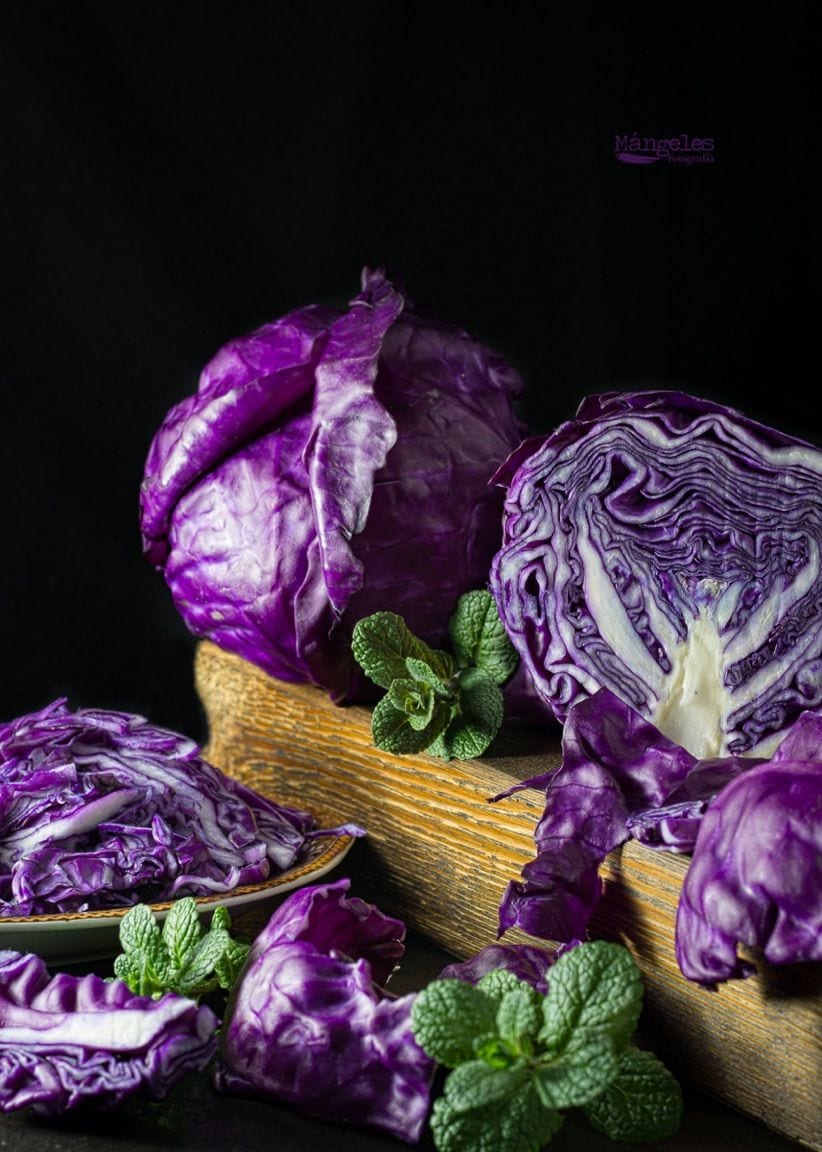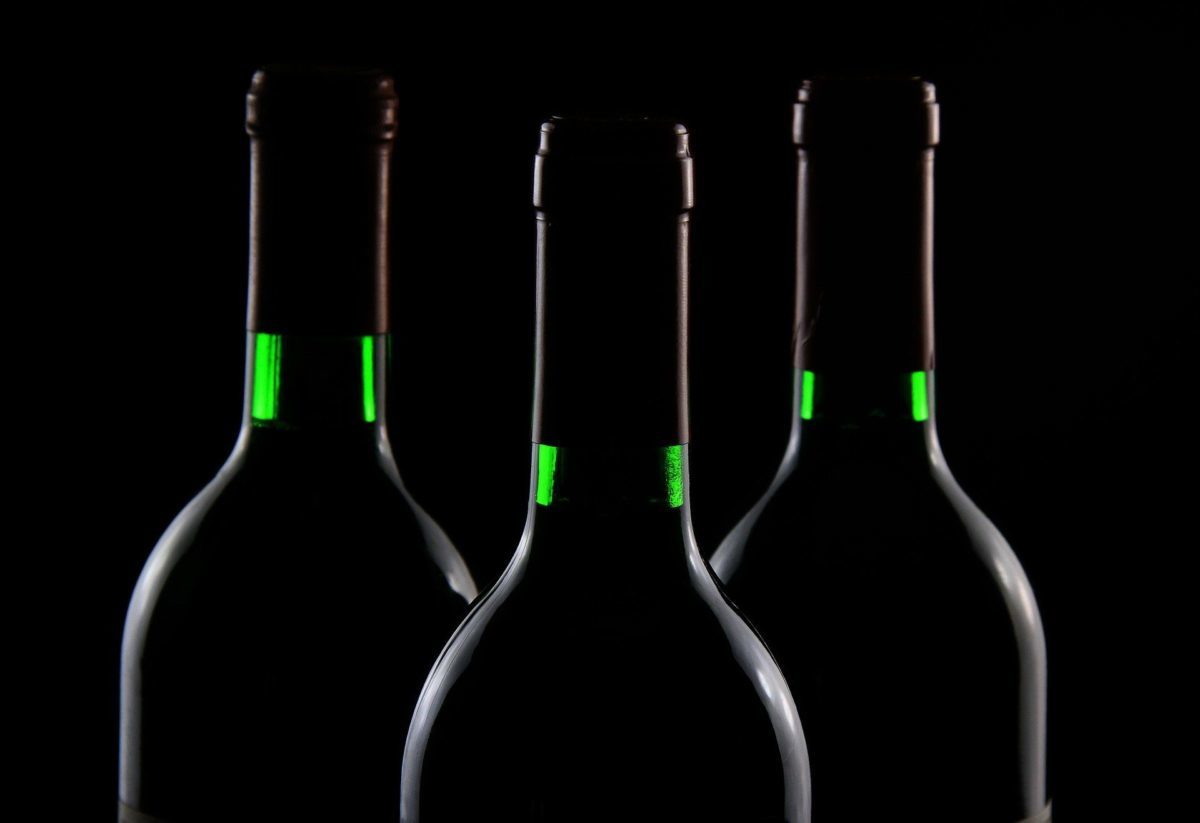It never hurts to add a touch of color to life. In these times, it is very important to have a clear mind and enjoy the smallest things that surround us. This is no different in gastronomy. The colors are very important In this sector. In fact, a group of researchers has discovered a alternative to dyes artificial. And it is that these present positive data, but have some disadvantages. The new creation is coming to impregnate many recipes with new shades. Although, more studies are still needed to corroborate your security. Interesting, right?
What are food coloring?
Before we focus on the new alternative to dyes, you must know what these products really are. As their name suggests they are considered a type of additives that add color to food. In addition, they can be called natural if they are already present in the product itself without the need to follow any process. OR, artificial if they are added during food creation. A very important fact that you have to know is that the colorants need too little to take effect. That is, with less than a tablespoon you can color a complete elaboration.
Oddly enough, dyes appeared in gastronomy ago very little time. In fact, it was in the Last century when they broke in and began to standardize. One of the first foods that incorporated this product was butter, that's why it has that yellow touch. After all, color is an attribute very important in kitchens, because it can be a key appeal when it comes to preferring one recipe or another. For this reason, the most expert chefs always seek to give a different tonality to all their preparations.
Certain disadvantages
Like everything in life, colorants have aspects positive and negative. But, you always have to keep an eye on what can harm your health. Everything is good with one use suitable and following the recommendations of experts and researchers. Some of the main disadvantages of artificial food additives could be:
- They can cause asthma, so they can be highly dangerous for those who suffer from this disease.
- Sometimes they contain gluten, so all celiacs should be very attentive to the labels and pay proper attention to their ingredients.
- Dyes can cause irritation of the intestinal mucosa. This can lead to bouts of diarrhea or other internal bleeding.
- Certain additives can increase the risk of allergies.
Although you have been able to verify that there are certain disadvantages, it is important that you do not panic when you see some food with coloring. The majority of them they only add color to recipes and do not involve no health hazard. You just have to be careful and study in detail each and every one of the compounds they can carry.
See this post on Instagram
Natural and shiny
Faced with the concern of a certain sector of the population by the aforementioned disadvantages, a group of researchers has discovered a cyan blue dye. This is very bright and it is obtained in a way natural from the red cabbage pigments. Although it will not be until its safety is guaranteed when it becomes the best alternative to artificial colors.
The study, started a decade ago and in which several entities at the national and global level participate, has also discovered a way to convert other cabbage anthocyanins in a blue compound. It should be noted that they have focused on this color because it is very rare find it in nature, according to the lead author herself commented in Science Advances.

The study has revealed very important data about this new product and is opening limits to create many more natural colorants. However, the authors have confirmed that some more studies are needed on its toxicity. Only in this way can define limitations of use of this new additive and thes food precautions to be adopted.
Its benefits
This research is making it clear that the natural is always better than the artificial. In fact, the advantages of these additives are very clear. The main one is that extend the shelf life of food and guarantee the safety of groceries. On the other hand, colorants and flavorings improve the look and taste of the products to which they are added. There are even some that help keep the nutritional value. This is so because by reducing the deterioration of the products they make it possible to keep a longer time in the pantry.
See this post on Instagram
The new alternative to artificial colors is the perfect choice for take care of your health and give flavor to your elaborations. Are you willing to add a natural touch of color to your dishes? Not only will it improve the look, so will its features.







